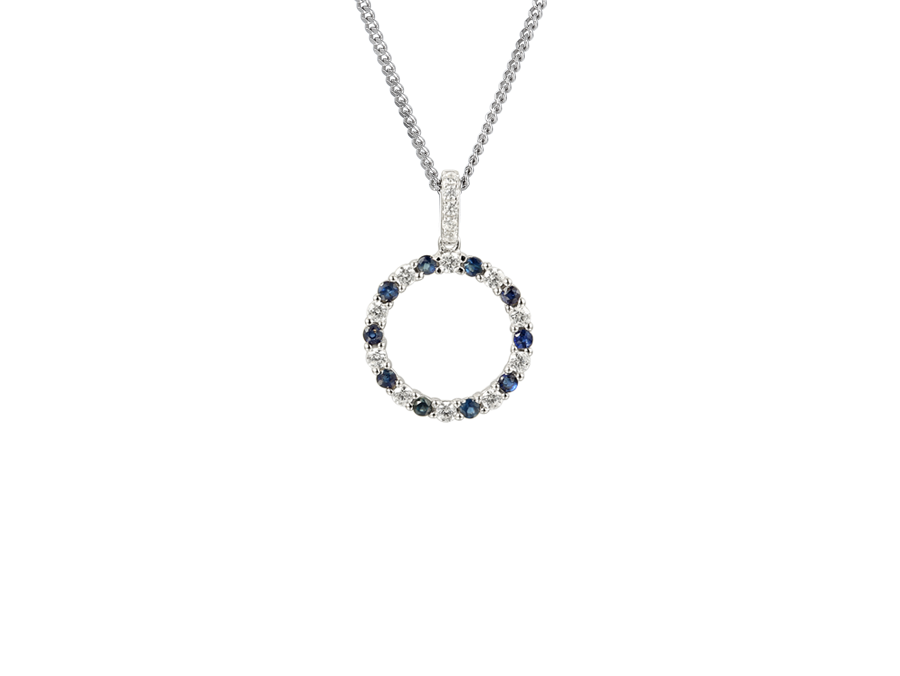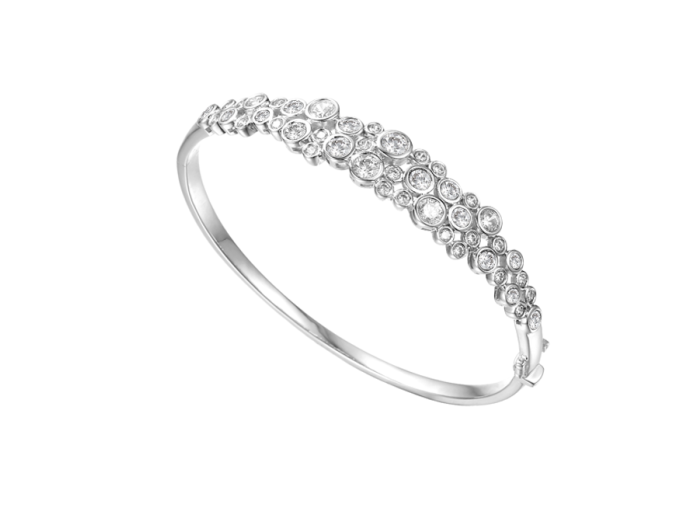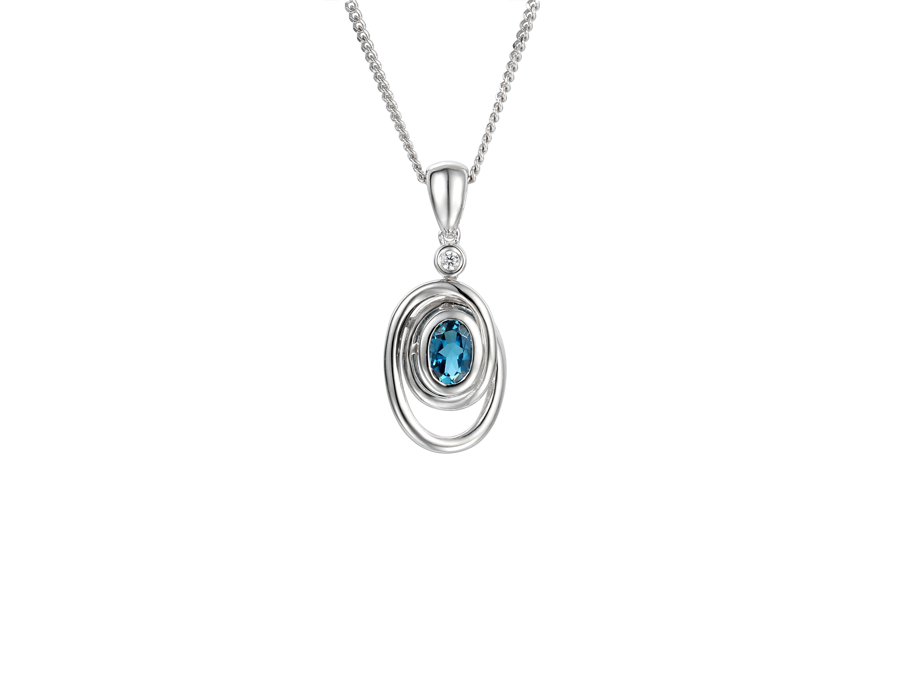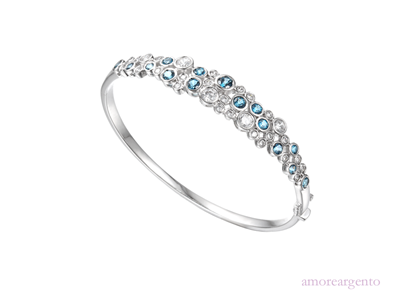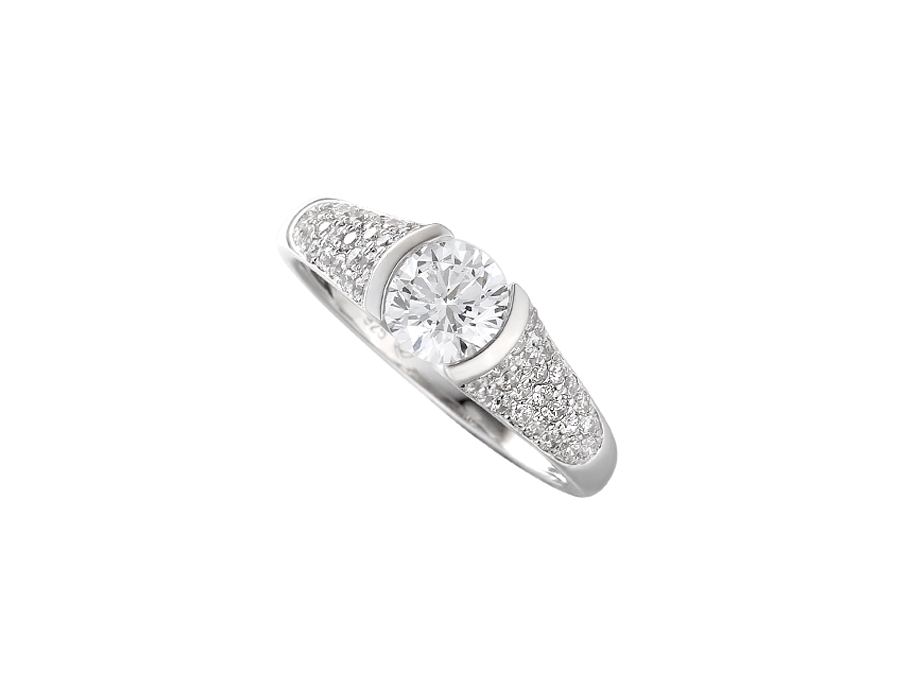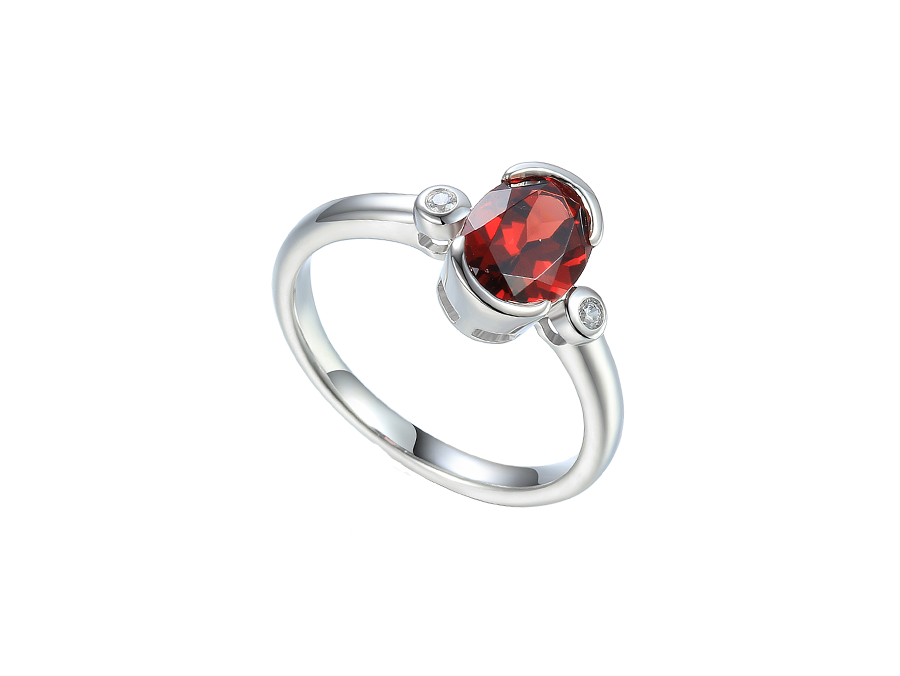We use cookies to make your experience better. To comply with the new e-Privacy directive, we need to ask for your consent to set the cookies. Learn more.
How Are Gems Cut To Achieve A Perfect Finish?
We use a lot of different gemstones in our jewellery and we also use a variety of cuts to achieve the right look and proportions in each of our pieces. This means that our gem store is a magpie's heaven; full of glittery, shiny materials all ready to be transformed into stunning pieces of jewellery. You may have wondered how gemstones appear naturally and how gem cutters (also called lapidaries) achieve the brilliant sharp edges and smooth faces we see in our jewellery, so here are some answers.
Most gemstones are found naturally in a very rough state and in many cases they're unrecognisable as gems – to the untrained eye they can look like plain old rocks or standard crystals. It’s the processes they undergo after being mined that transform them into what we are familiar with. As most gemstones are found in large lumps, the first stage of processing is to cut them into smaller pieces. Depending on the nature of the stone, as well as the size of the piece, it may be cut into slabs for further processing or into even smaller pieces which may then be individually worked or cut into more stones. Very small pieces of expensive natural gem may be worked from their initial state into the finished product without being split at all.
Once the large chunk has been sawn into smaller pieces, it can then be ground into one of many standard shapes (the shape at this stage of processing often informs the final cut style). At this stage the stone is known as a “rough”, and it's where we get the phrase “a diamond in the rough” from. Diamond or silicon carbide is used as the grinding surface, as they're much harder than any other stone they might have to work. Water or oil is used to lubricate the surface of the stone and prevent it from overheating from the friction – some gemstones are heat treated to change their colours, but no-one wants to accidentally change the colour of a stone through processing.
If the stone is to be left rounded, it is then sanded on a flexible surface like a belt sander to refine the surface and keep it smooth and rounded. Cabochon cut stones are prepared in this way, but the finer polishing and shaping is done with progressively less abrasive materials like felt and leather. If the stone is to have facets, that is to say flat areas on the stone which make up the cut style, then the stone is lapped. Lapping is similar to grinding except that it is done on a single surface, so each facet is worked separately. It is then finished off by being polished to a high shine, in the same way that a cabochon cut stone is finished.
Processing gemstones in this way requires a steady hand, a high degree of visual accuracy and judgement, as well as the ability to envisage how a rough stone will turn out if cut into a given shape or style. The skill of gem cutting lies in getting the biggest and best cut stone from each piece of rough gemstone and it is something which takes many years to perfect. People who cut diamonds from rough are highly skilled and trusted with the most expensive natural material a jeweller may ever work with, so they must be very experienced. The gem cutters who work on the stones we use in our jewellery are very experienced and skilled at getting the best stone from each piece of rough they work with, and they must meet our high quality standards because we want to use the best we can get for our customers.








